[Newsbits] 31.01.2024: Exercise SADA TANSEEQ, Snow Leopards in India & more

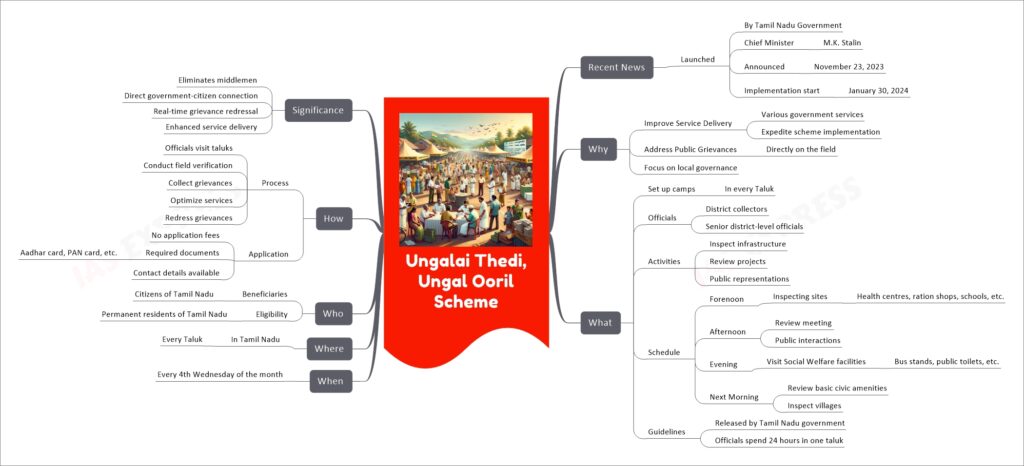
The “Ungalai Thedi, Ungal Ooril” Scheme is a state government initiative launched by Tamil Nadu’s Chief Minister M.K. Stalin to improve the delivery of government services and expedite the implementation of various schemes. It involves setting up camps in every Taluk of the state on the fourth Wednesday of each month, where district collectors and senior officials will spend 24 hours to directly address public grievances, inspect infrastructure, review projects, and interact with the public. The scheme aims to eliminate middlemen, facilitating direct connection between the government and citizens, and enhance real-time grievance redressal and service delivery. It is specifically designed for the residents of Tamil Nadu, aiming to reach out to all taluks uniformly throughout the year. The scheme was announced on November 23, 2023, and the implementation started on January 30, 2024.
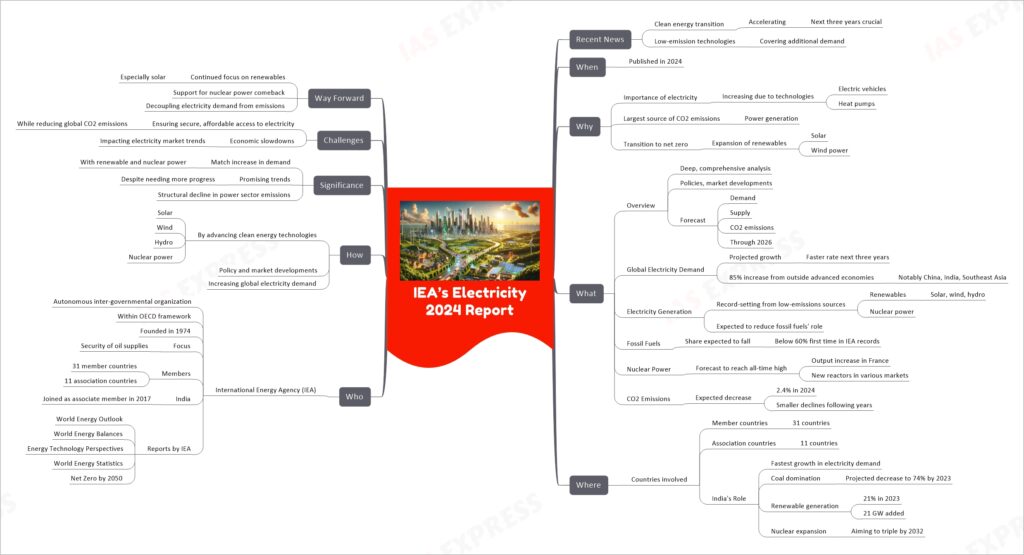
The IEA’s Electricity 2024 Report presents an insightful analysis and forecast of the global electricity sector up to 2026, emphasizing the increasing significance of electricity in modern life, especially with technologies like electric vehicles and heat pumps. It underscores a pivotal shift towards clean energy, with low-emission technologies like solar, wind, hydro, and nuclear power set to meet all additional global electricity demand in the near future. This shift is marked by a projected decrease in fossil fuels’ role in power generation, dropping below 60% for the first time in IEA records, and an increase in renewables and nuclear power. The report, highlighting trends in global electricity demand, particularly notes the significant contributions from non-advanced economies like China, India, and Southeast Asia. Additionally, it discusses the challenges of ensuring secure and affordable electricity access while reducing CO2 emissions, outlining a path forward focused on renewable energy, especially solar, and the revival of nuclear power.
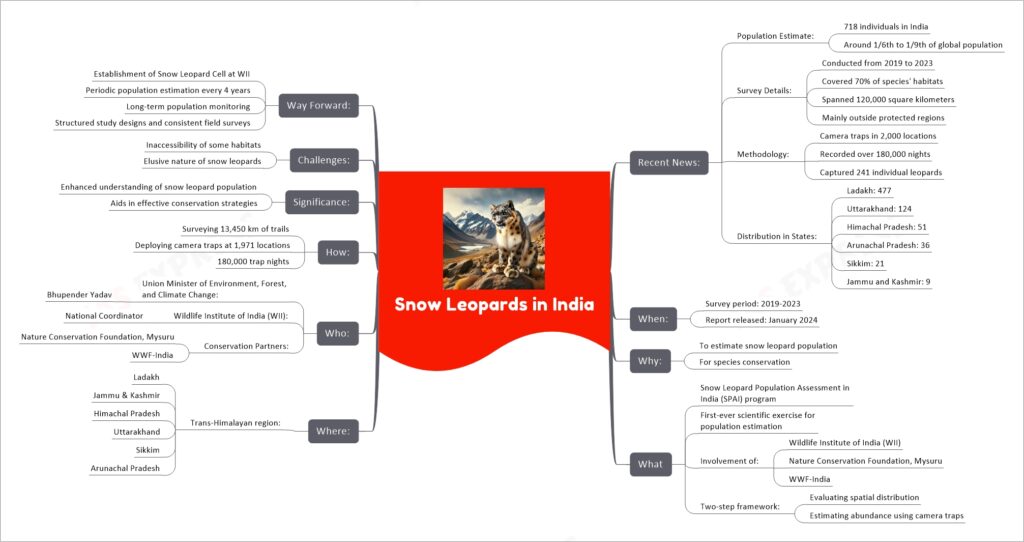
In summary, the Snow Leopard Population Assessment in India (SPAI) program, a pioneering initiative conducted from 2019 to 2023, has revealed that there are 718 snow leopards in India. This survey covered about 70% of their potential habitat, amounting to 120,000 square kilometers across the trans-Himalayan region. It represents the first-ever scientific count and extensive survey of the snow leopard population in India, conducted by the Wildlife Institute of India with the support of various conservation partners. The survey’s findings are crucial for the conservation and long-term survival of snow leopards in India, guiding future strategies and policies.
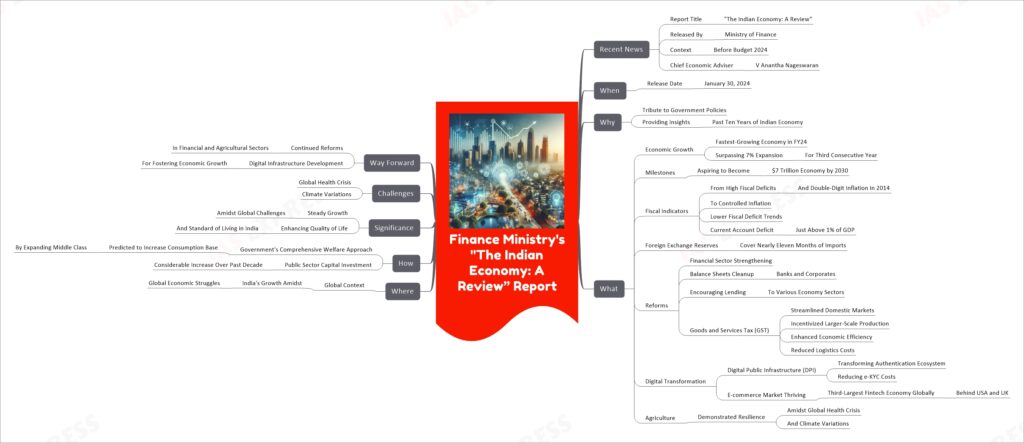
The report “The Indian Economy: A Review” by India’s Finance Ministry provides a comprehensive overview of India’s economic progress, highlighting the transformation from high fiscal deficits and inflation to a more stable economic condition with controlled inflation and lower fiscal deficits. It emphasizes India’s status as the fastest-growing major economy, with aspirations to become a $7 trillion economy by 2030. The report underscores significant growth in various sectors, including financial and agricultural, and acknowledges the role of digital transformation in enhancing economic efficiency. Despite global challenges, India’s steady economic growth, backed by government reforms and investments, aims to enhance the quality of life and standard of living for its citizens.
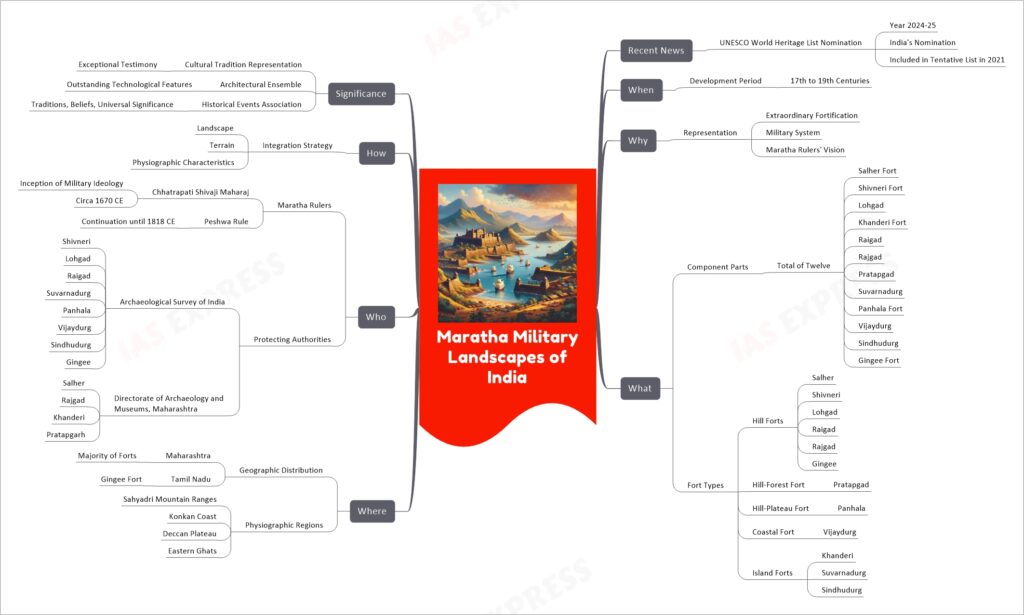
The Maratha Military Landscapes of India, poised for inclusion in the UNESCO World Heritage List for 2024-25, epitomize the exceptional fortification and military acumen of the Maratha rulers from the 17th to the 19th centuries. This nomination, encompassing twelve forts of various types – hill forts, coastal forts, and island forts – across Maharashtra and Tamil Nadu, reflects the strategic integration of military architecture with the diverse landscapes of the Sahyadri mountain ranges, Konkan Coast, Deccan Plateau, and Eastern Ghats. This acknowledgment serves not only as a testament to the historical and architectural grandeur of these forts but also highlights the profound synergy between these structures and their surrounding terrain, echoing the enduring legacy of the Maratha military ideology initiated by Chhatrapati Shivaji Maharaj.
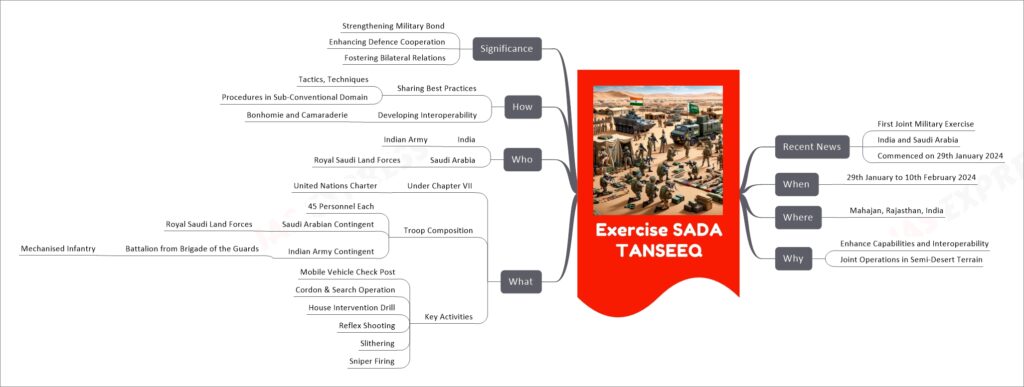
Exercise SADA TANSEEQ is the inaugural joint military exercise between India and Saudi Arabia, aimed at enhancing the capabilities and interoperability of the troops in conducting joint operations in semi-desert terrains. Commenced on 29th January 2024 in Rajasthan, India, this exercise involves 45 personnel from each nation, including the Royal Saudi Land Forces and a battalion from the Indian Army’s Brigade of the Guards (Mechanised Infantry). The exercise focuses on various military training activities such as establishing mobile vehicle checkpoints, cordon and search operations, and sniper firing, with an overarching aim to strengthen military bonds, enhance defense cooperation, and foster bilateral relations between the two friendly nations.
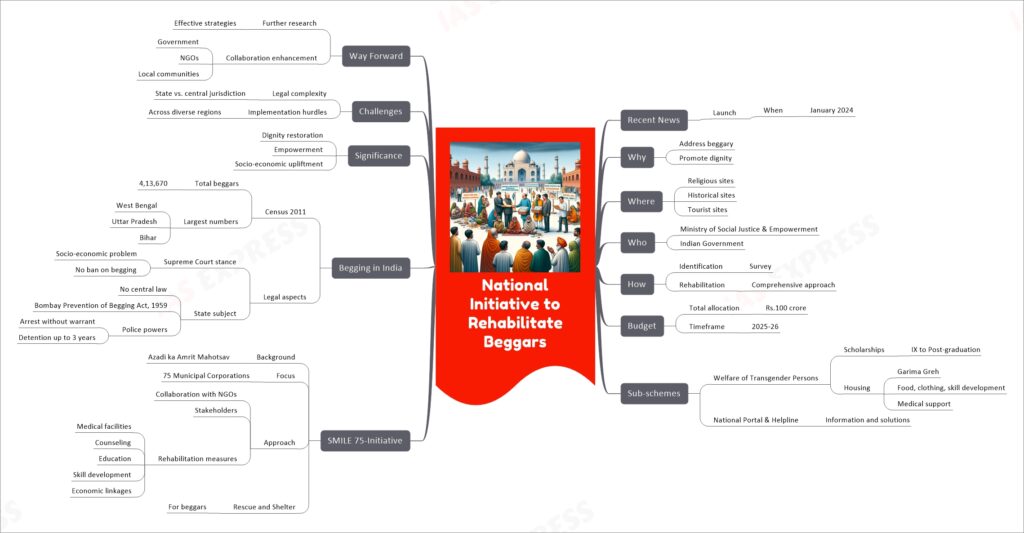
The National Initiative to Rehabilitate Beggars, launched by the Indian Government in January 2024, is a comprehensive program aimed at addressing the issue of beggary at religious, historical, and tourist sites. With a budget of Rs.100 crore for 2025-26, it encompasses the SMILE 75-Initiative under the Azadi ka Amrit Mahotsav, focusing on rehabilitating beggars in 75 Municipal Corporations through collaboration with NGOs. The initiative includes various welfare measures like medical facilities, counseling, education, skill development, and shelter homes. Special attention is given to the welfare of transgender persons, including scholarships and housing facilities. Despite its ambitious goals, the program faces challenges related to legal complexities and implementation across diverse regions. It represents a significant effort to restore dignity and improve the socio-economic conditions of beggars in India.
If you like this post, please share your feedback in the comments section below so that we will upload more posts like this.
